Diversity of CO2 concentrating mechanisms and responses to CO2 concentration in marine and freshwater diatoms ($)
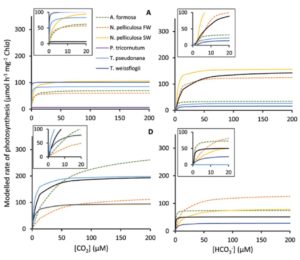 The CO2-fixing enzyme ribulose bisphosphate carboxylase (Rubisco) works most efficiently at high concentrations of CO2. Many organisms have evolved CO2-concentrating mechanisms (CCMs), such as the PEP-carboxylation that occurs upstream of Rubisco in C4 plants. Diatoms and other eukaryotic algae use a biophysical mechanism involving transporters of CO2 or HCO3– produced by carbonic anhydrase through the reaction CO2 + H2O ↔ H2CO3 ↔ HCO3– + H+. Clement et al. investigated CO2 fixation and CO2-concentrating mechanisms in fresh-water and marine diatoms acclimated to varying pH and CO2 levels. Key findings include no indication of C4-type CCMs in the diatoms they studied, and no clear differences between marine and fresh-water species, in spite of the fact that CO2-levels are much more variable in fresh water. J Exp. Bot. 10.1093/jxb/erx035
The CO2-fixing enzyme ribulose bisphosphate carboxylase (Rubisco) works most efficiently at high concentrations of CO2. Many organisms have evolved CO2-concentrating mechanisms (CCMs), such as the PEP-carboxylation that occurs upstream of Rubisco in C4 plants. Diatoms and other eukaryotic algae use a biophysical mechanism involving transporters of CO2 or HCO3– produced by carbonic anhydrase through the reaction CO2 + H2O ↔ H2CO3 ↔ HCO3– + H+. Clement et al. investigated CO2 fixation and CO2-concentrating mechanisms in fresh-water and marine diatoms acclimated to varying pH and CO2 levels. Key findings include no indication of C4-type CCMs in the diatoms they studied, and no clear differences between marine and fresh-water species, in spite of the fact that CO2-levels are much more variable in fresh water. J Exp. Bot. 10.1093/jxb/erx035



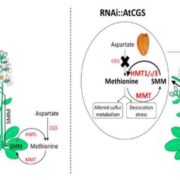
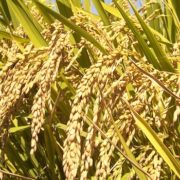
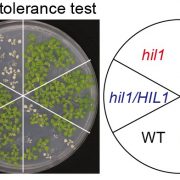
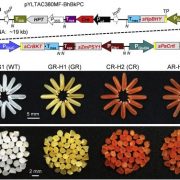
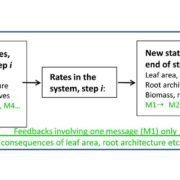


Leave a Reply
Want to join the discussion?Feel free to contribute!